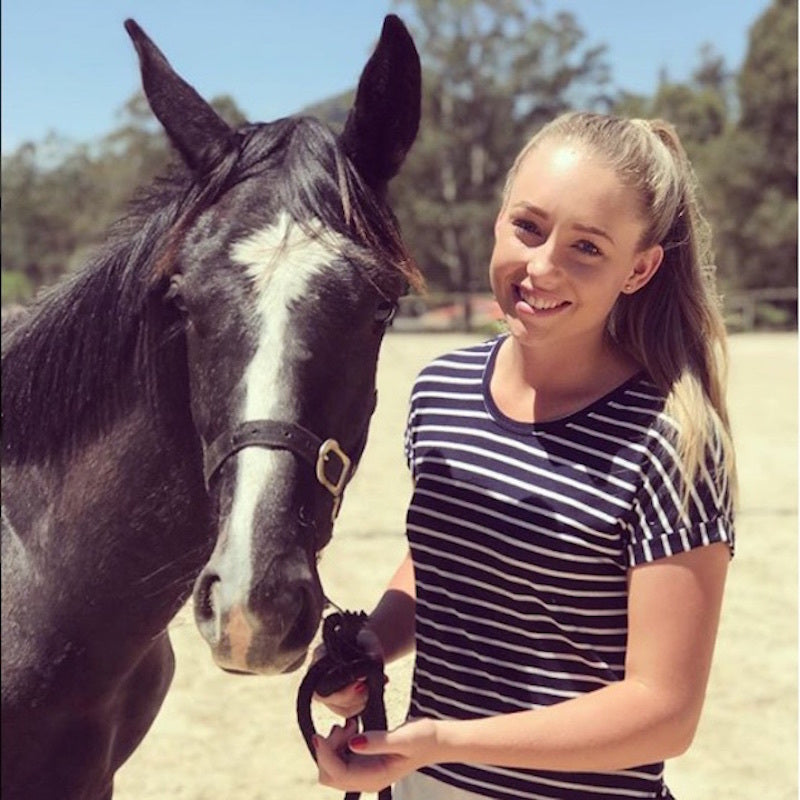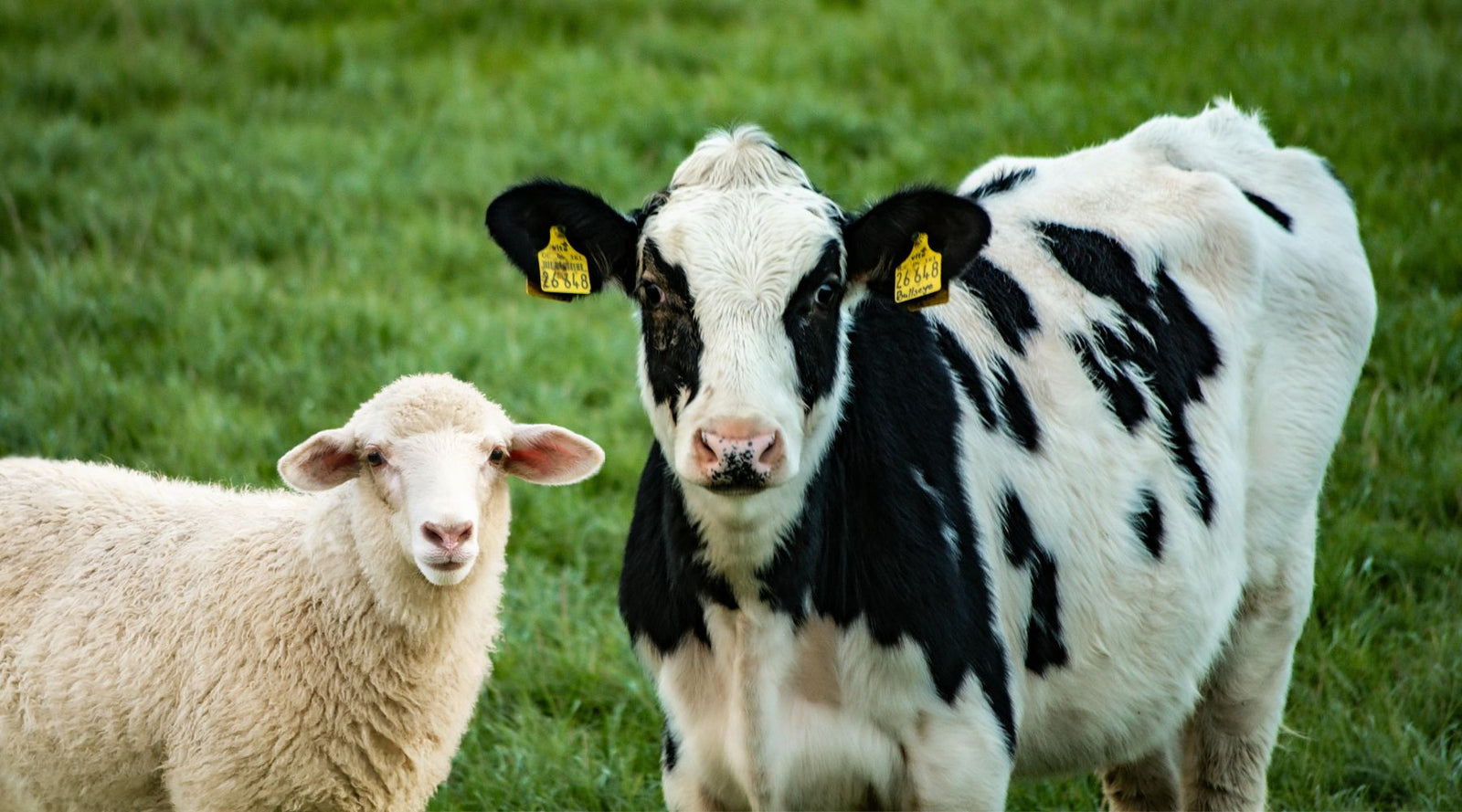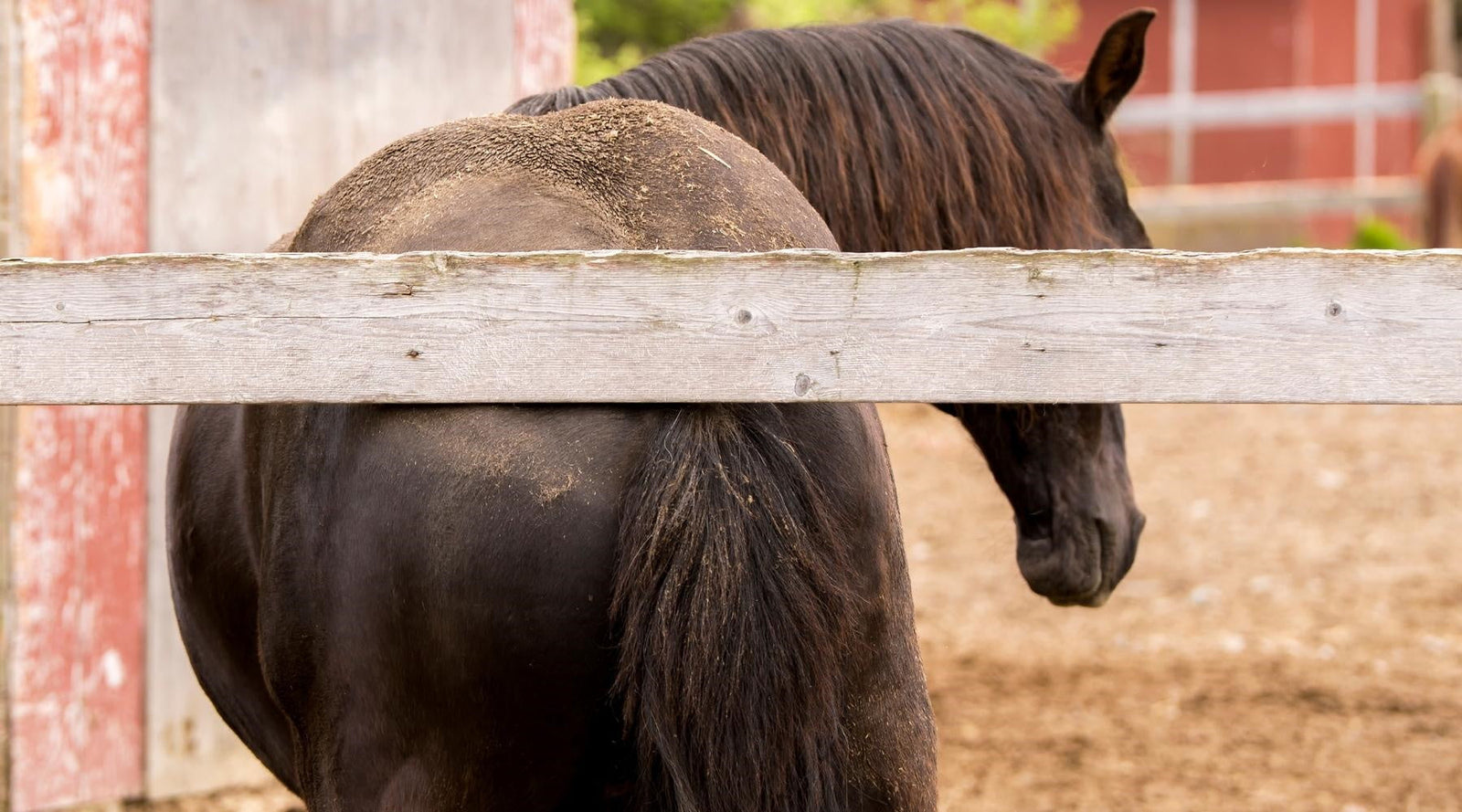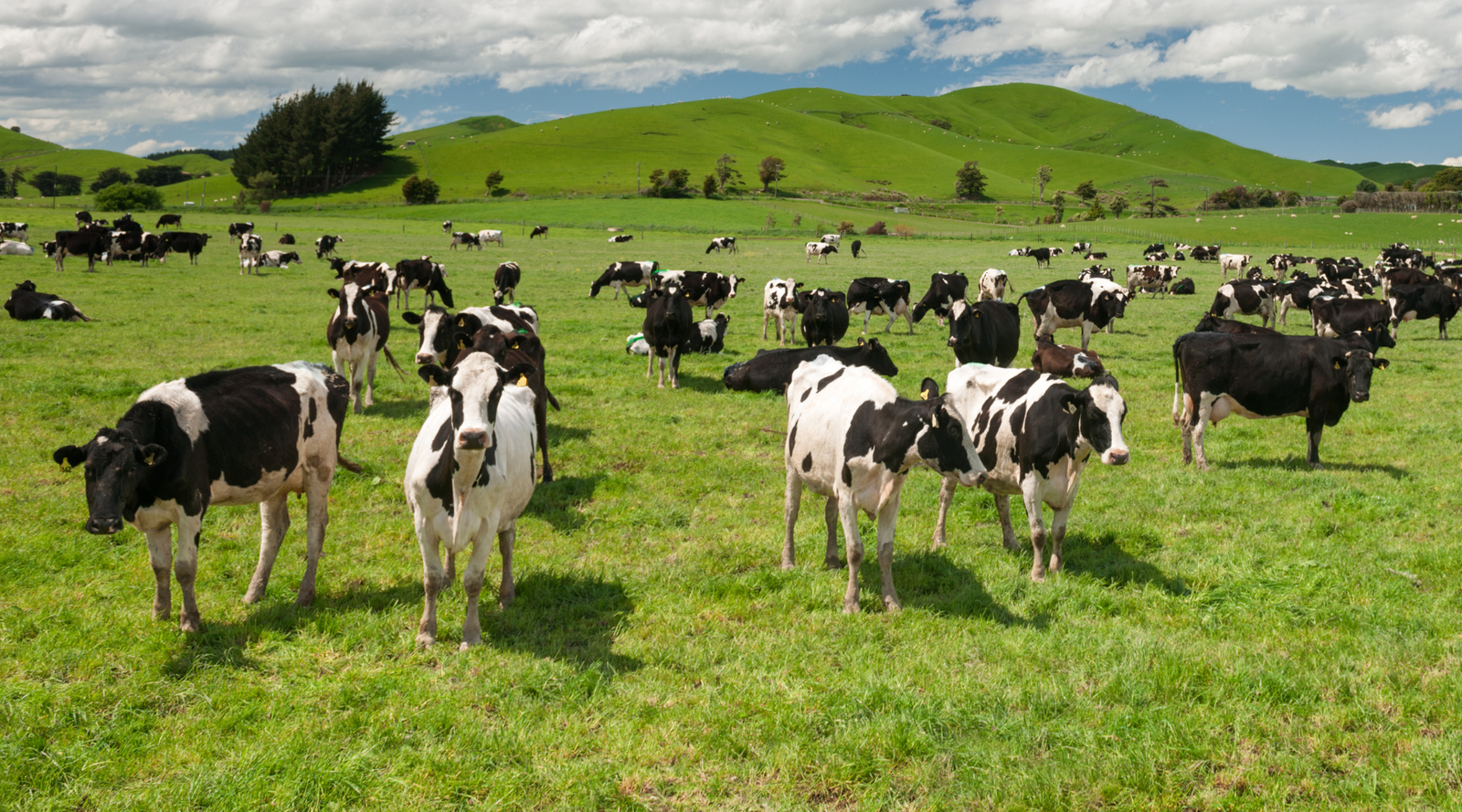Horse & Rider
DOES MY HORSE HAVE MUD FEVER/GREASY HEEL OR PHOTOSENSITIVITY?
by Fiona Lane April 02, 2025
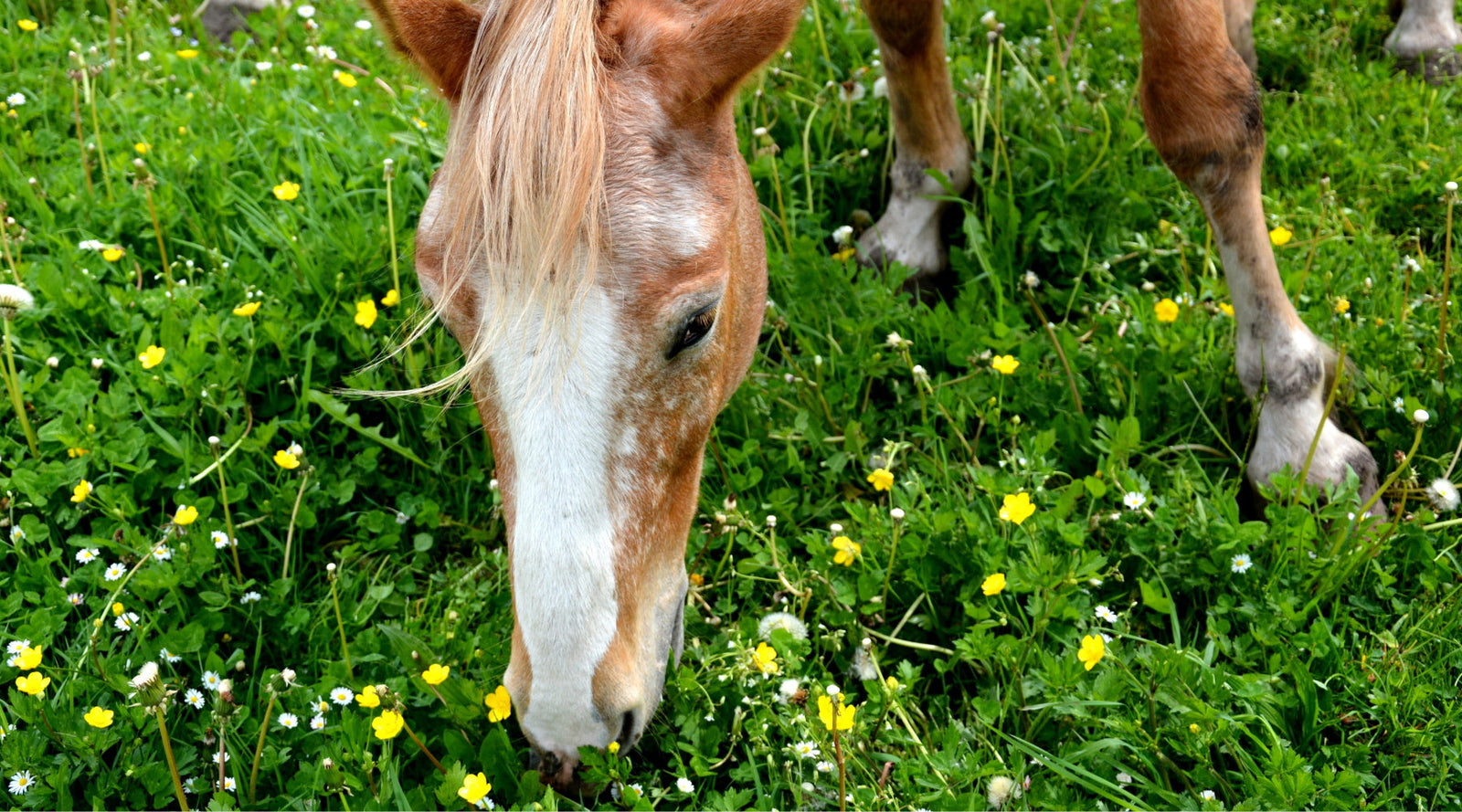
Mud Fever / Greasy Heel and Photosensitivity can present with similar symptoms, but they're actually different conditions, caused by different factors, which means they need to be treated differently too. While Photosensitivity is caused by your horse ingesting fluorescing chemicals in lush green grass, Mud Fever / Greasy Heel starts when bacteria enter the body, usually through broken skin. So how do you tell which ailment your horse has?
Are mud fever symptoms recurring?
If symptoms that resemble Mud Fever/Greasy Heel appear overnight or keep recurring despite careful management, that's a sign that you might be dealing with Photosensitivity.
Is there a lot of lush green grass around?
The time of year is also a clue. Photosensitivity often occurs in Autumn and Spring when there is lots of lush green grass that contains fluorescing chemicals such as chlorophyll. When this grass is digested, these compounds pass into the bloodstream where they circulate around the body. The sun's ultraviolet rays can pass easily through the skin and into the blood vessels, causing the compounds to fluoresce – and this causes a type of 'sunburn' that occurs from the inside out.
Photosensitivity commonly occurs in areas with less hair such as stockings and muzzles, and in light-coloured horses that have less pigment, however horses with dark coats can be affected too.
Is there algae in the water trough?
It's not just green grass that can cause a photosensitive reaction. Those blue-green algae in the water trough and other toxic elements in the grazing can impair the liver function needed to rid chlorophyll from the system, causing it to build up over time.
Does your horse have broken skin?
A symptom of Photosensitivity is broken skin, which makes it easier for the Dermatophilus congolensis bacteria that cause Mud Fever / Greasy Heel to get in and set up an infection. If you treat the Mud Fever / Greasy Heel symptoms but don't treat the underlying Photosensitivity, the bacteria keep getting in and infection will keep recurring.
Which remedies should you use?
FOR PHOTOSENSITIVITY
Our Photosensitivity Support remedy promotes a natural immune response to both primary and secondary photosensitivity which can cause skin damage, ulceration and the build-up of fluid. For more all-round support, we offer three remedies in a Photosensitivity Kit at a discounted price – a 1L jerry can of Photosensitivity Support, 1L of Liver Plus Equine to help rid the bloodstream of fluorescing compounds, and a 90ml Puffiness Plus for minor swelling and oedema during an acute flare up.
FOR MUD FEVER / GREASY HEEL, RAIN SCALD AND MUD RASH
Our Mud & Rain remedy is given orally and is professionally formulated to support a normal immune response to the most common pathogens associated with Mud Fever / Greasy Heel, Rain Scald and Mud Rash. It helps with healing from the inside out and is part of our mission to provide no sting, no mess and stress solutions to everyday health conditions.
This remedy can be dosed straight into the mouth or on a treat using our pump bottle, or use our jerry can formulation to dose onto feed or into the water trough to provide cost effective cover for multiple animals. Read our guide to find out more about prevention and management of Mud Fever / Greasy Heel.
So how do oral remedies work?
We get asked that a lot, so we’ve answered some of the most commonly asked questions over on our blog.
General Disclaimer: Always follow dosing instructions. Our remedies are formulated to support the natural immune system of horses, pets, livestock, and people. We do not claim to treat, medicate, or cure any health conditions. If you are worried an animal may be in pain or suffering, please contact your veterinarian.

